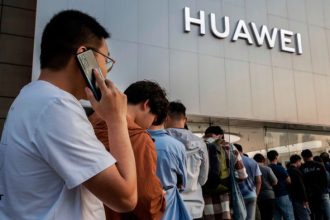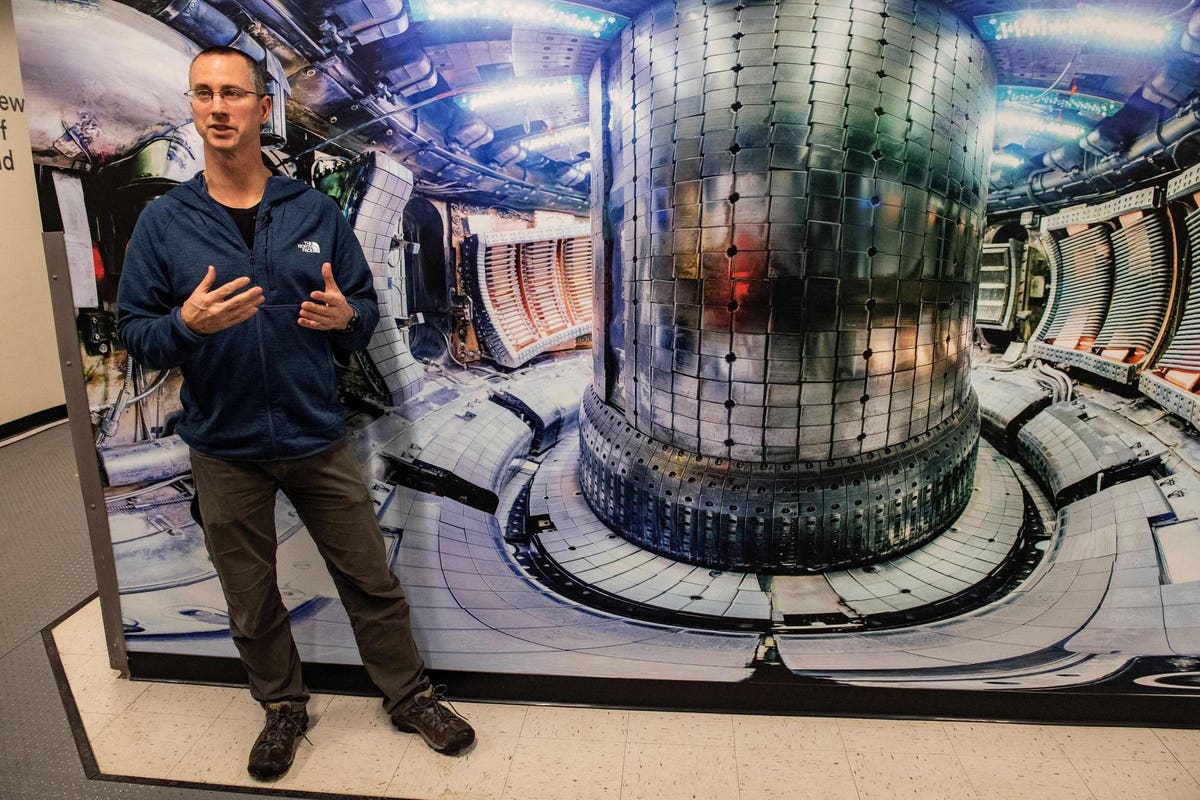Microsoft
MSFT
The company aims to be carbon-negative by 2030. Microsoft will remove all the carbon it has emitted directly or by consuming electricity since it was founded in 1975 by 2050. It’s doing the usual stuff, like deploying more renewables and electric vehicle fleets. In fact, by 2025, it wants to procure all of its energy from green sources, and by 2030, it plans to operate a clean fleet of cars.
“While the world will need to reach net zero, those of us who can afford to move faster and go further should do so,” writes Brad Smith, president of Microsoft. But the company is shooting the moon and creating the demand for potentially revolutionary technologies, incentivizing entrepreneurs to take risks.
Its venture into nuclear fusion and direct air capture stands out. Nuclear fusion has the potential to power the planet endlessly. Suppose scientists can achieve success: The result would be producing 10 million times more power than a typical chemical reaction such as burning fossil fuels. And it would occur without carbon emissions or the disposal of high-level radioactive waste.
Don’t confuse fusion with fission, which is how today’s nuclear reactors make energy. Fission splits atoms, whereas fusion combines them — a process that thus far consumes more energy than it generates. The aim is to heat the hydrogen gas to more than 100 million degrees Celsius so that the atoms bond.
Direct air capture is different: It snags CO2 while in the atmosphere. It’s a noble idea. However, the amount of carbon removal is negligible relative to the annual global emissions: 36.3 billion metric tons, according to the International Energy Agency. Once captured, the challenge is sequestering or using it to make industrial materials like cement or steel. Moreover, it costs a lot of money.
Would it not be easier and less expensive to deploy more renewables or add electric vehicles? Or, couldn’t Microsoft dedicate itself to saving the rainforests by paying those countries not to cut down their trees? What makes the tech giant tick, and why is it taking the road less traveled?
“Microsoft invests in engineered solutions,” says Charles Boakye, an equity analyst at Jeffries, in an interview. “Direct air capture is a shiny new tool, and saving the rainforests is difficult to grasp. We must try to impress upon people the importance of these natural carbon sinks. Often, the low-hanging fruit is more than half the work of achieving the carbon-reduction targets.”
Microsoft Wants To Lead the Pack
Microsoft inked a deal to buy electricity from Helion Energy’s fusion nuclear plant starting in 2028. Once the plant comes online, it will generate 50 megawatts of electricity, although it will scale up.
Helion has previously built six working prototypes and was the first private fusion company to reach 100-million-degree plasma temperatures with its sixth fusion prototype. The company is building its seventh prototype – a project to demonstrate the ability to produce electricity from nuclear fusion in 2024.
Last December, researchers at the National Ignition Facility in California created enough heat to fuse atoms. It happened in the labs. But it – nonetheless – occurred. Does that mean Helion will deliver nuclear fusion power to Microsoft in five years? The skeptical mind thinks not.
However, “This is a binding agreement that has financial penalties if we can’t build a fusion system,” said Helion founder and Chief Executive David Kirtley, in an interview with The Verge. “We’ve committed to be able to build a system and sell it commercially to [Microsoft].”
And Microsoft’s gamble on direct air capture? It has signed up to use Swiss-based Climeworks services, which operates a direct air capture plant in Iceland. It is one of the biggest globally, capturing and storing 36,000 metric tons annually of CO2 — again, a fraction of the 36.3 billion metric tons emitted yearly.
The tech giant also agreed to purchase up to 315,000 metric tons of CO2 removal from Heirloom, which captures CO2 pollution from the atmosphere and permanently stores it in various ways, including concrete.
“It is incredibly encouraging to see agreements of this magnitude because corporate buyers, like Microsoft, can unlock a significantly lower cost of capital for direct air capture companies that are seeking to finance infrastructure projects, such as future carbon dioxide removal facilities,” said Robert Keepers, managing director, J.P. Morgan Green Economy Banking.
To boot: Alphabet, Meta, McKinsey, Shopify, and Stripe formed Frontier, which focuses on carbon capture and has raised $1 billion.
Microsoft typifies big tech’s commitment to battling climate change — companies that want to set a corporate example. By doing so, Microsoft and others are creating demand, possibly allowing fledgling technologies to scale up. That’s why it is swinging for the fence and taking positions in nuclear fusion and direct air capture.
Read the full article here





